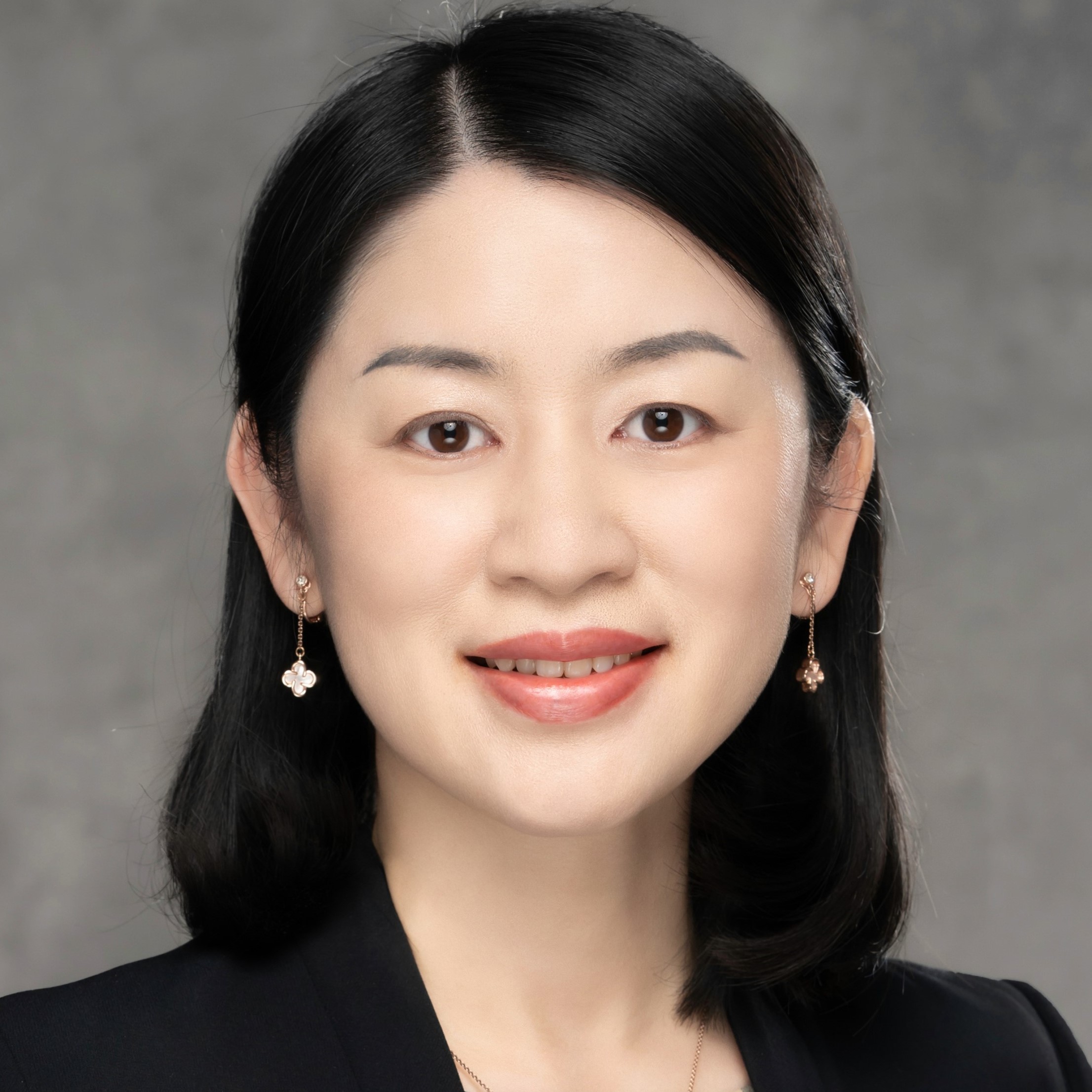If bonds are boring then what could be more boring than Japanese bonds? Long-term detachment from Asian indices, coupled with zero to negative interest rates, have turned much of Japan’s bond market into a dull outpost of the investment world, with thin trading and low foreign participation.
Japan’s developed status has increasingly emphasised the differences between its economy and the rest of Asia's vibrant financial activity. Numerous ‘Asia ex-Japan’ indices have flourished for investors interested in fixed income and equities in the region. But the line dividing Japan from the rest of Asia is starting to blur as economic gaps narrow between the country and its neighbours. And for the first time in decades, Japanese bond issuers will be able to join a benchmark Asia Pacific US dollar index, an historic development for the region’s $1trn-plus USD bond market.
This accession to Asian USD bonds adds to other catalysts for change, such as Japan’s anticipated exit from ultra-low interest rates, breathing new life into the world’s third-biggest fixed income market. Over the next few years, Japan’s $10trn-plus bond market, including both yen and USD securities, is likely to attract greater global investor interest as it provides diversification, quality, and decent risk-adjusted returns.
New benchmark
A new index named JACI Asia Pacific, compiled by JPMorgan, came into effect in recent months, marking an expansion from a previous ‘Asia ex-Japan’ version and increasing the Asian USD bond investable universe by more than 20 per cent. The regional market, where Chinese bonds still make up the biggest share with about $600bn outstanding, now includes over $500bn of Japanese credit - around one fifth. Australian USD bonds have also been added for a market share of about one tenth.
As well as the benefit of a larger investable universe, the inclusion of Japan could bring a higher degree of country-level diversification for investors, because Japanese bonds have relatively low correlations with those of other Asian countries. This should translate into lower volatility for portfolios that include them.
Quality boost
The overall quality of Asian dollar credit receives a boost in turn, as over 90 per cent of Japanese bonds in the JACI Asia Pacific index are investment grade, and nearly 80 per cent of them are rated A- or above. With relatively high Sharpe ratios, these bonds can also help enhance the risk-adjusted return of Asian portfolios.
Financial companies dominate Japanese USD bonds, with banks and non-bank financials accounting for more than half of the market value of Japanese issuance in the JACI Asia Pacific index. External quasi-sovereign is another key sector with over 20 per cent.
In addition, nearly two thirds of Japanese USD bonds in the index have time to maturity below five years, implying relatively low duration risks.
Previously, as an off-benchmark bet, Japanese firms have had to compete with issuers from other developed countries for investor attention, with $500m being a common issuance threshold for ensuring sufficient secondary market liquidity. The new index has a market value requirement of $300m which should effectively lower the threshold for Japanese companies to issue USD bonds.
Supply in Asian USD bonds has diminished over recent quarters, due to relatively low domestic funding costs in countries like China, which previously dominated Asia’s new issuance pipeline. The inclusion of Japanese credit helps fill the gap left by Chinese issuers.
Yen bonds awake
In yen bonds, the Bank of Japan’s yield curve control (YCC) has long suppressed interest rates and left little room for investors to seek income or speculative profit. But expectations that the central bank will abandon YCC are starting to cause a stir in this backwater, with trading volumes picking up in recent quarters, especially for Japanese government bonds (JGBs) and interest rate derivatives.
The value of over-the-counter trading in JGBs has jumped to a monthly average of about 3,700trn yen ($25.2trn) this year, up a third from 2022[1]. Meanwhile, the notional value of interest rate swaps cleared by the Japan Securities Clearing Corporation has surged to 1,551trn yen ($10.5trn) in January through October, exceeding the previous full-year record of 1,111trn yen ($7.6trn) set in 2022.
Higher rates could combine with improving fundamentals and potential inflows to drive a fixed income boom in Japan. The country’s macroeconomic outlook is brightening, with mild consumer price gains kindling hopes for reflation. Meanwhile, corporate governance and sustainable practices have been strengthening amid market reforms. With higher return expectations, Japanese assets are likely to attract repatriating funds as well as fresh foreign capital.
Foreign investors in yen bonds can achieve relatively high yields at the moment after hedging their currency exposure. For example, a USD-based investor can harvest a 1 per cent bond yield plus a 6 per cent hedging gain due to the wide interest rate gap between the US and Japan.
Despite the uplift for Japanese bonds, a significant risk to watch for is the pace of exit from YCC, which could have a profound impact on investment returns. Interest rates rising too fast could cause large mark-to-market losses. Inflationary risks should also be closely monitored, although price rises have been mild so far in Japan. If inflation takes off as it did in Europe and the US over the last few years, Japanese bond yields could surge and trigger significant volatility. In the near term, durations should be kept at modest levels to minimise the risk of a steepening yield curve. A quality tilt would also help investors navigate economic uncertainties.
The next chapter for Japanese bonds is underway. It begins with the phasing out of the ‘ex-Japan’ moniker and will soon see a China-Japan duopoly emerging in Asia’s dollar credit space. Good research and sophisticated positioning should help early birds gain a competitive advantage in this new market. A not-so-boring story after all.
[1] Japan Securities Dealers Association











































